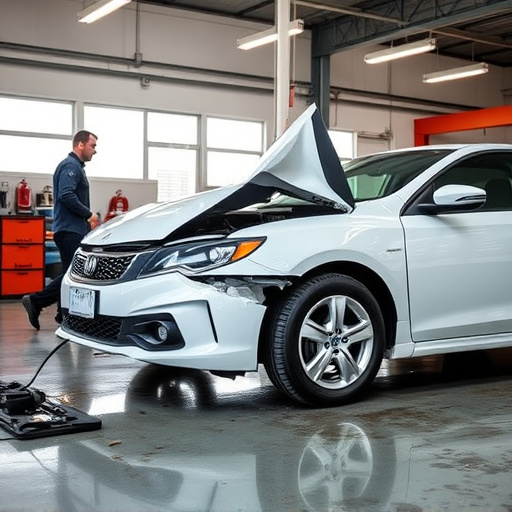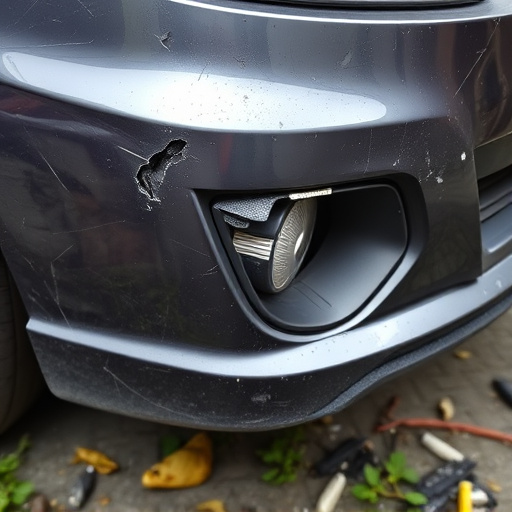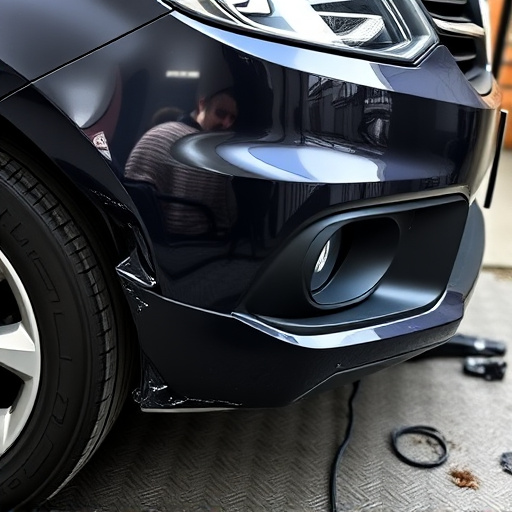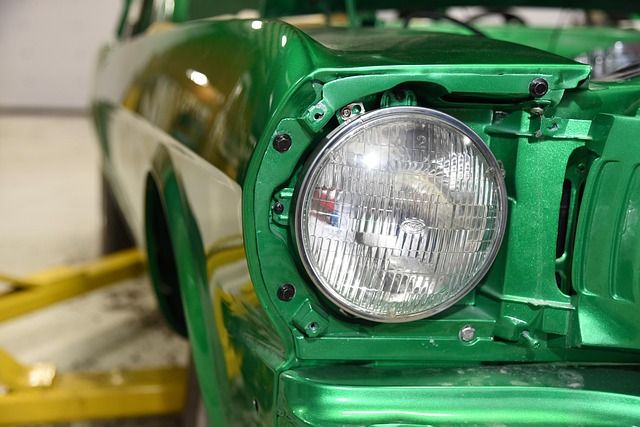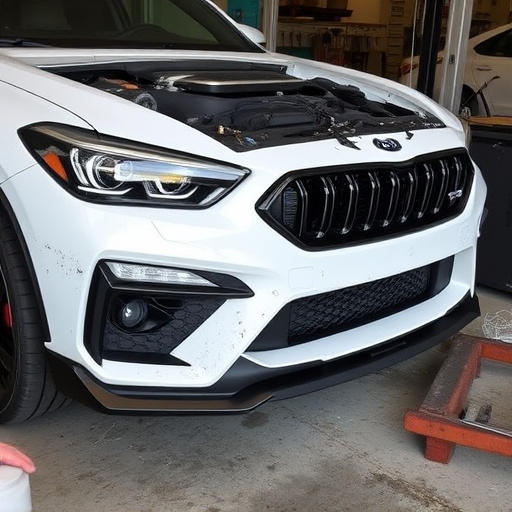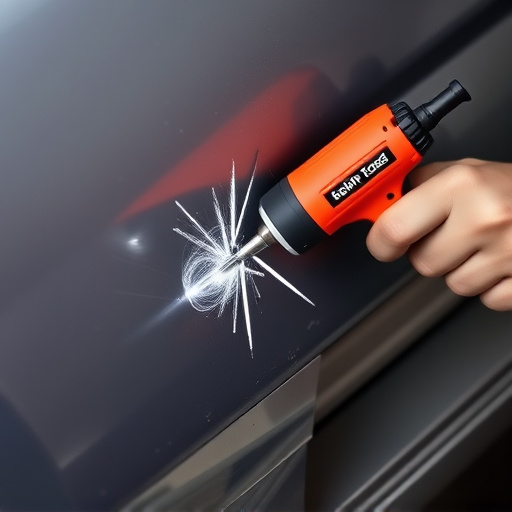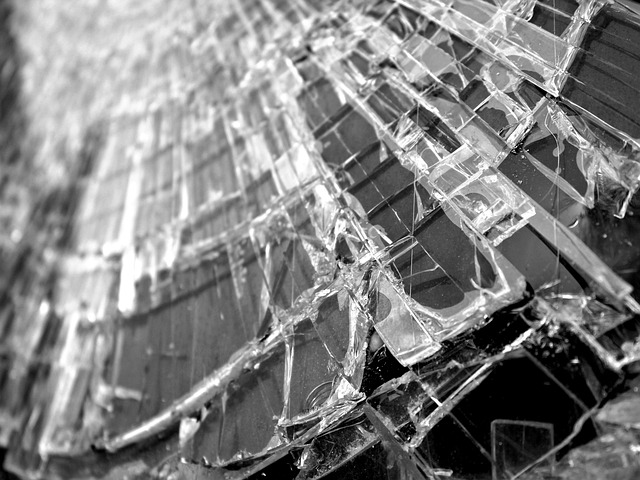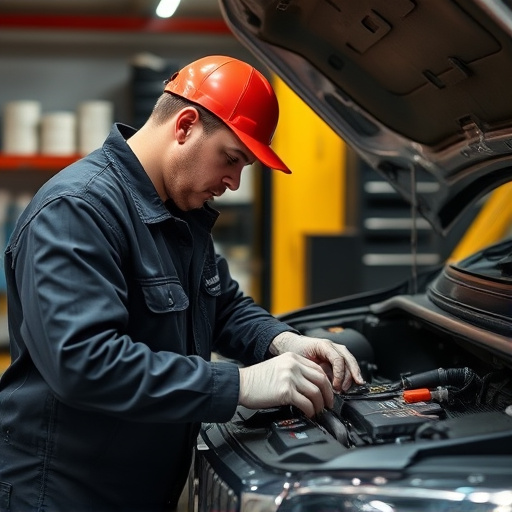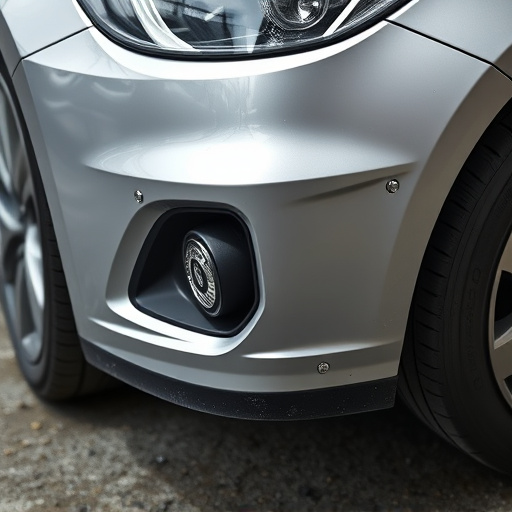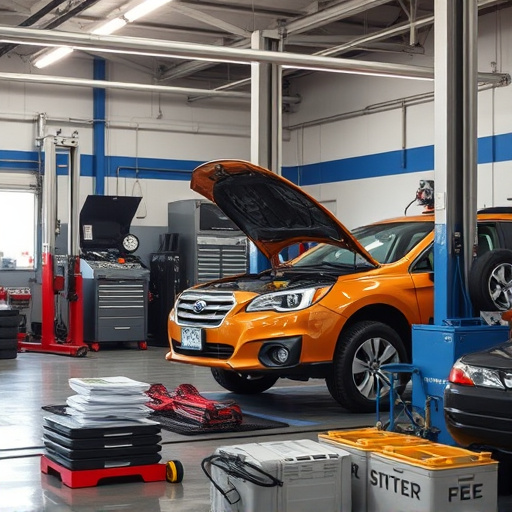A meticulous pre-repair assessment is crucial for identifying potential issues, developing a comprehensive repair plan, and guaranteeing customer satisfaction. Skilled technicians inspect bodywork, paintwork, and mechanical components, ensuring collision repair services meet or exceed quality standards. Post-repair testing includes alignment checks, paint job assessments, structural integrity evaluations, and mechanical functionality tests using advanced diagnostic tools to verify optimal performance and flawless results.
During a thorough repair quality verification, a meticulous process ensures every fix meets superior standards. It begins with a pre-repair assessment, where skilled technicians identify potential issues hidden beneath the surface. The core repair process involves a step-by-step quality control checklist, guaranteeing precision and attention to detail. Post-repair testing further solidifies optimal performance, confirming the work is not just fixed but done right. From initial assessment to final testing, this rigorous verification ensures lasting results, peace of mind, and enhanced repair quality.
- Pre-Repair Assessment: Identifying Potential Issues
- Repair Process: Step-by-Step Quality Control
- Post-Repair Testing: Ensuring Optimal Performance
Pre-Repair Assessment: Identifying Potential Issues
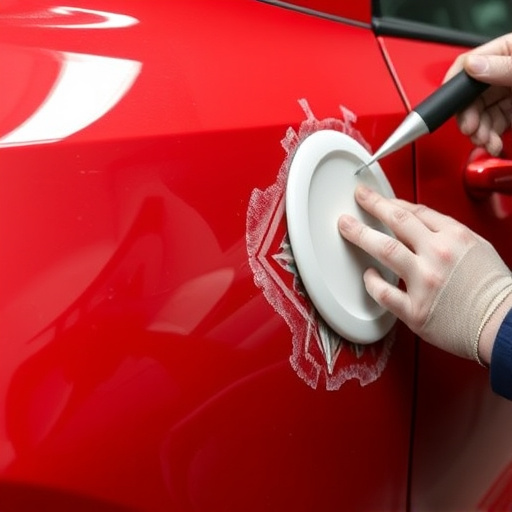
Before any work begins, a meticulous pre-repair assessment is crucial to identify potential issues that may impact the final repair quality verification. This initial evaluation involves a thorough inspection of the vehicle’s damage, taking detailed notes on the extent and nature of the harm. Skilled technicians use their expertise to analyze every inch of the car, including the bodywork, paintwork, and mechanical components, to understand the scope of repairs required. By identifying these issues upfront, the repair team can develop a comprehensive plan, ensuring that no hidden problems are overlooked during the restoration process.
The pre-repair assessment is a critical step in setting expectations and guaranteeing customer satisfaction with the final results. It allows the collision repair services provider to gather all necessary information, tools, and parts to execute the repairs efficiently. This proactive approach ensures that when the vehicle leaves the shop, it meets the highest standards of quality verification, restoring it to its pre-accident condition or even surpassing expectations with meticulous bodywork and flawless paintwork.
Repair Process: Step-by-Step Quality Control
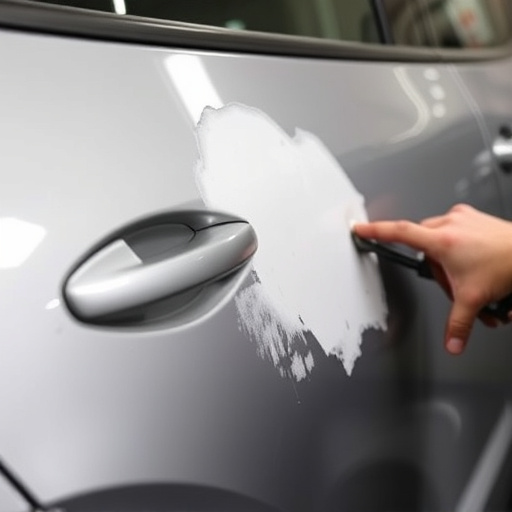
The repair quality verification process is a meticulous journey ensuring every fix is flawless. It begins with a comprehensive inspection, where skilled technicians scrutinize the damaged area, identifying each imperfection and taking detailed notes. This initial step is vital to setting the stage for accurate repairs ahead.
Following the inspection, the auto body repairs or car repair services commence, involving specialized tools and techniques tailored to the vehicle’s make and model. Every component is carefully replaced or repaired, adhering to strict industry standards. During this phase, quality control checks are embedded at strategic points to ensure compliance with the initial assessment and that every joint, paint job, and mechanical fix meets the highest standards. This step-by-step approach guarantees that by the time the vehicle rolls out of the workshop, it is not just repaired but restored to its original condition, if not better.
Post-Repair Testing: Ensuring Optimal Performance
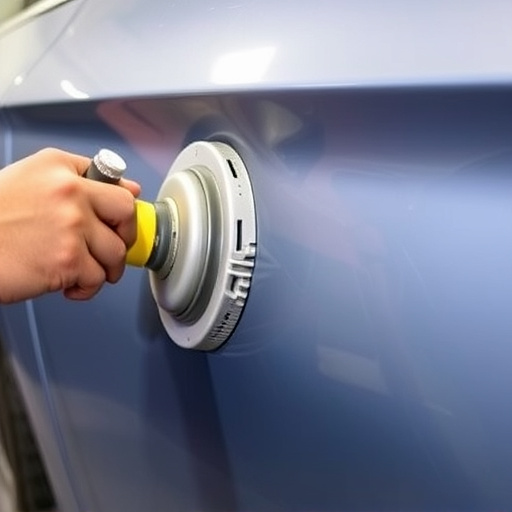
Post-repair testing is a crucial step in the repair quality verification process. Once the actual repair work on a vehicle, be it a meticulous vehicle paint repair or more intricate collision repair services, is completed, a series of rigorous tests are conducted to ensure optimal performance and flawless results. This involves assessing various components, systems, and functionalities to verify that they meet the highest standards.
In an auto body shop, experts will check for alignment accuracy, paint job quality, structural integrity, and proper functioning of all mechanical parts. Advanced diagnostic tools and expertise are employed to uncover any potential issues or imperfections that may have gone unnoticed during the initial repair process. This thorough testing guarantees not just visible aesthetics but also long-term reliability and safety, giving owners peace of mind on the road.
A thorough repair quality verification process involves a multi-step approach, from pre-repair assessments that identify potential issues, to meticulous step-by-step quality control during the repair process, and culminating in comprehensive post-repair testing. By adhering to these rigorous standards, repair technicians ensure optimal performance and customer satisfaction, confirming that every fix meets the highest possible quality benchmarks. This systematic approach is key to maintaining and enhancing the longevity of repaired items, ensuring they function as good as new.
